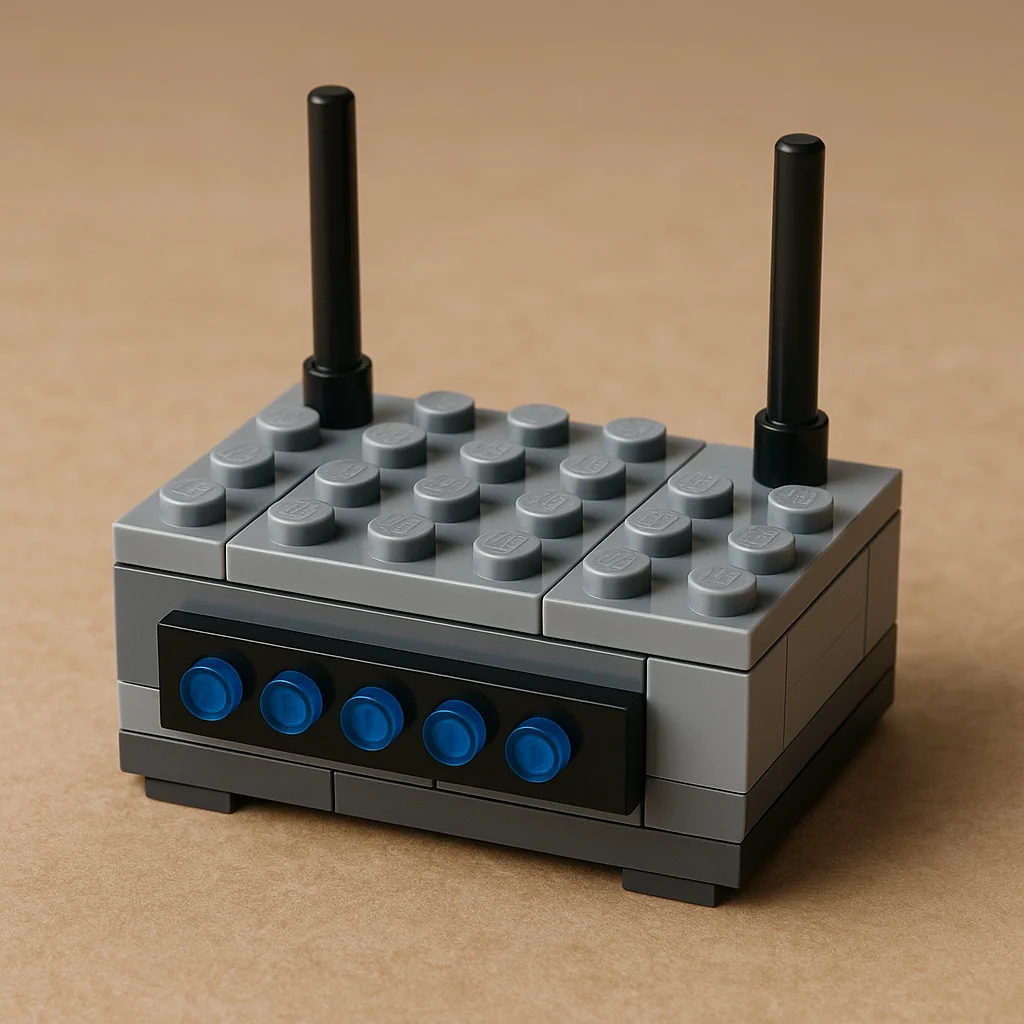Why can’t my computer find the Wi-Fi network?

Table of Contents
Consider:
- Adapter disabled or flight mode toggled by a function key.
- 5 GHz-only router while the adapter is 2.4 GHz-only (or vice versa).
- Hidden SSID or unusual country/channel settings.
- Outdated Wi-Fi drivers or Windows network stack glitches.
- Distance and interference; walls and appliances matter.
Need help? Check here: /services/house-calls/
What it might be (likely causes)#
Radio disabled or hard-switched
Laptops often have a physical wireless toggle or a Fn hotkey that kills the radio. Airplane mode also shuts off Wi‑Fi. A quick toggle brings the SSID list back.Band/support mismatch
Some older adapters are 2.4 GHz‑only; some guest networks are 5 GHz‑only. If your adapter can’t speak that band or standard (e.g., no 802.11ac), the network simply won’t appear. Band‑planning tips: /posts/router-settings-small-town/Hidden SSID or unusual channels
Hidden SSIDs require exact name/security/mode to join. Routers using DFS channels on 5 GHz or out‑of‑region regulatory domain settings can disappear for certain clients. Background: Service set (Wi‑Fi), Wi‑Fi channels, Regulatory domainDriver or stack trouble
Old drivers or a wedged Windows network stack can hide networks or report “No networks found.” A reset or clean driver install usually restores scanning.RF environment & placement
Thick walls, masonry, aquariums, and microwaves can make an SSID vanish in one room but not another. Practical placement notes: /posts/kirksville-wifi-dead-zones/
Things to check (quick, safe wins)#
Verify the radio is on
- Windows:
Win + A→ ensure Airplane mode is off;Win + I→ Network & Internet → Wi‑Fi is On. Many laptops also use Fn + (antenna icon) to toggle wireless. - Linux:
rfkill list; if blocked,rfkill unblock wifi.
- Windows:
Scan capability & bands
- Windows:
PowerShell→netsh wlan show driversshows supported bands/standards. If your router is 5 GHz‑only and the adapter lists only 2.4 GHz, the SSID won’t appear. Consider enabling both bands or adding a dual‑band USB adapter. Band setup help: /posts/router-settings-small-town/
- Windows:
Try closer and compare devices
Stand near the router. If phones see the SSID but the PC doesn’t, suspect the PC’s adapter/driver. If nothing sees it in that room, suspect DFS channel selection or interference: /posts/router-interference-apartments/Add a hidden network explicitly
If the SSID is hidden, add it manually with exact security (WPA2/WPA3) and password. Hidden networks don’t magically appear on scan lists.Driver refresh
- Windows: Device Manager → Network adapters → your Wi‑Fi → Uninstall device (check “Delete driver software” if offered) → reboot → install the latest vendor driver.
- Linux: ensure kernel/firmware packages for your chipset are installed.
Windows network reset (last resort)
Settings → Network & Internet → Advanced network settings → Network reset. This rebuilds the stack and often restores scanning.Router side sanity
- Enable both 2.4 GHz & 5 GHz with distinct SSIDs (e.g.,
Home-2G,Home-5G) during testing. - Avoid DFS channels temporarily and set 2.4 GHz to channels 1/6/11.
- Ensure you’re not on a guest SSID with isolation blocking discovery. More: /posts/router-settings-small-town/
- Enable both 2.4 GHz & 5 GHz with distinct SSIDs (e.g.,
When to pause and get help#
- The SSID appears on other devices, but your PC never sees it even inches from the router (driver/adapter issue).
- The SSID disappears only when DFS is enabled or region is mis-set (router config issue).
- You’re in a dense apartment block with shifting interference, and a stable plan (non‑DFS 5 GHz + smart 2.4 GHz) is needed. See: /posts/router-interference-apartments/
If your ISP gateway buries these options, bridge it and run your own router for full control. Local context: /posts/isps-in-kirksville/
Insight#
Wi‑Fi discovery is a handshake between what your adapter can speak and what the router is broadcasting, inside a noisy, rule‑bound radio spectrum. When networks “vanish,” it’s usually a mismatch (band/standard/security) or the environment (DFS/interference) rather than a ghost. Make the setup explicit—separate SSIDs, sane channels, current drivers—and scanning becomes boring and reliable.
Need an on‑site scan, driver cleanup, or router reconfiguration in Kirksville?
See /services/house-calls/.